As many readers will already know, I like a simple lens. The Chroma Double Lens 24mm f/11 is certainly a simple lens, and I definitely liked the idea of it when Steve first waved it under my nose. So much so that I convinced him to send me a prototype to play with.
If you’ve not heard of Chroma Cameras by now, you really should have. I’ve known Steve since even before he set up the company and have watched him take it from a hobby business to something he runs full time out of its own little premises in Wirral, near Liverpool in the UK. Steve is pretty much your archetypal genius inventor. He’s always got 15 new ideas on the brew. He’s one of a now growing number of camera producers that relies on a combination of in house 3d printing, outsourced manufacture of parts and consumer off-the-shelf parts to make increasingly elaborate cameras. This community of makers seems to bounce off each other, coming up with new ideas as a community whilst simultaneously competing with each other to create more and more advanced cameras. It’s very interesting to watch as an observer from the outside.
Being mates with Steve, I also get sneak peaks behind the curtain at some of the longer term projects he’s working on and bigger problems he’s trying to solve. For example, he’s developing his own shutter so he can build a complete camera without having to rely on lenses from old cameras that come with built in shutters. As far as I know, there’s very few other companies attempting this at the moment, so it’s quite exciting to watch.
Of course, part of that same problem is the lens. If he creates a camera with a built in shutter of his own making, also creating a lens of his own making to go with it would make for a pretty impressive achievement. So, whilst design of this shutter continues in the background, Steve enlisted the help of a lens designer by the name of Jason Lane over in the States to help him achieve the goal of the lens. Having received the first prototypes of said lenses, Steve realised he had another little project on his hands. Rather than wait to release the lens on the front of a new camera, he could release it as a product in its own right in Leica thread mount.
Steve being Steve, he fairly quickly knocked together a prototype lens body in his workshop and mounted the lens into it. Behind the scenes, I was privy to the first results from the Chroma Double Lens. Even Steve was really surprised and excited about the results. In fact, so was I. It was around then I started nagging him to send me the lens to play with.
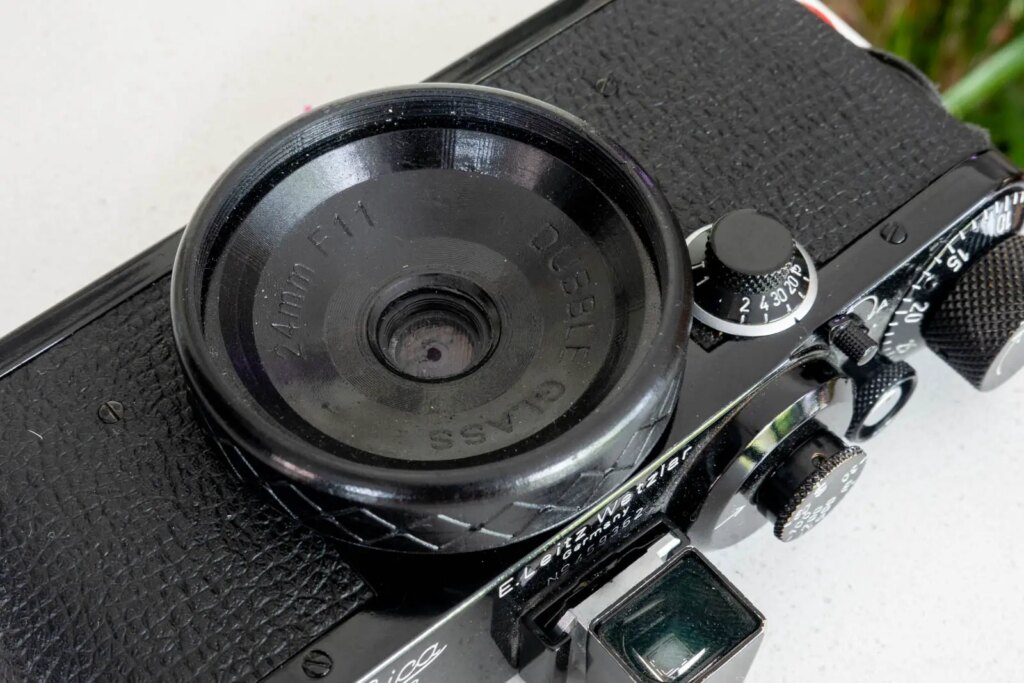
Now, it should be noted at this stage that the Chroma Double Lens you can see in this article is indeed that prototype. It’s made out of 3D printed plastic and whilst being nicely made, is still a little rough around the edges and indeed not even particularly indicative of the final shape of the lens. In fact, the final version of this lens will be made out of anodised aluminium. I’ve not seen a real life final version of the lens yet, but the renders of it look pretty cool.
The Optics
It’s also worth noting that though the body of the Chroma Double Lens I have been playing with is far from final, the lens optic is. That is to say, the results I’ve achieved with it are what you might expect from the final version of the lens. And they’re pretty good too – at least considering the design of the lens which is a simple 2 optic formula 24mm f/11 that was originally designed to work with a 24 x 24mm square film format. I asked Steve about the formula, and he sent me over Jason’s notes which were as follows:
It’s an original design, two lens aplanat 24mm f/11. It is fully coated with single layer coating. I chose single layer to balance contrast and control color rendering. There is zero distortion and zero lateral color
Few words, for a simple lens. In practice though, he’s correct, there is no distortion that I can see, and indeed no colour fringing. It definitely get’s softer toward the edges of the frame – likely because it was designed to work with a square frame. It’s actually pretty damned sharp in the middle. It also flares a fair bit in the same way a lot of simple lenses do. The result of this is are, of course, images with a bit of character to them. But it’s actually a character that translates well to both film and digital I think.
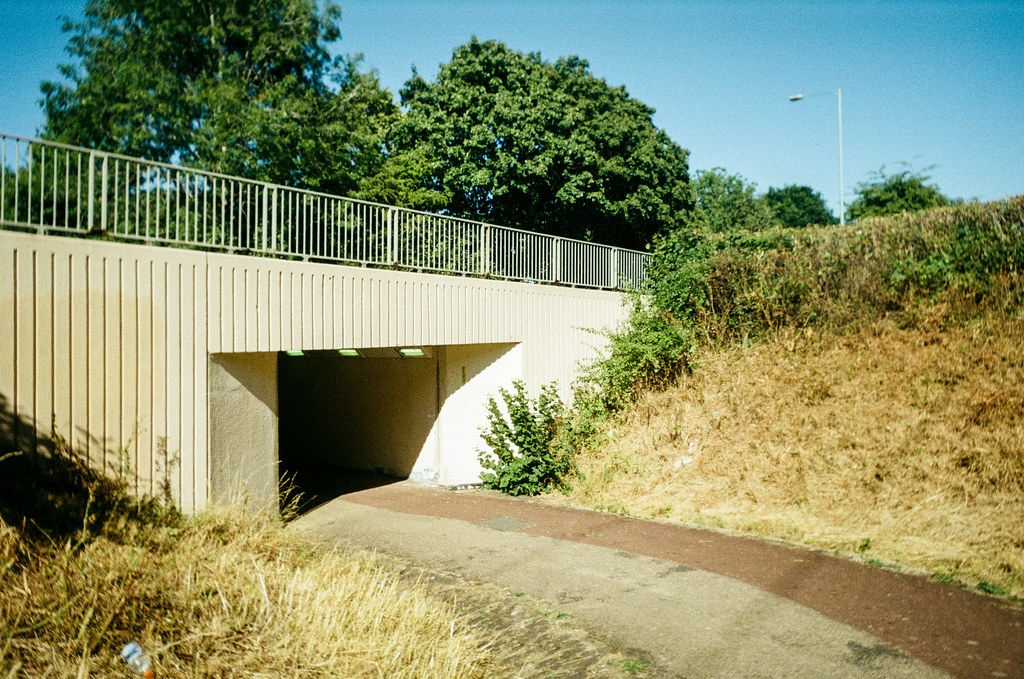
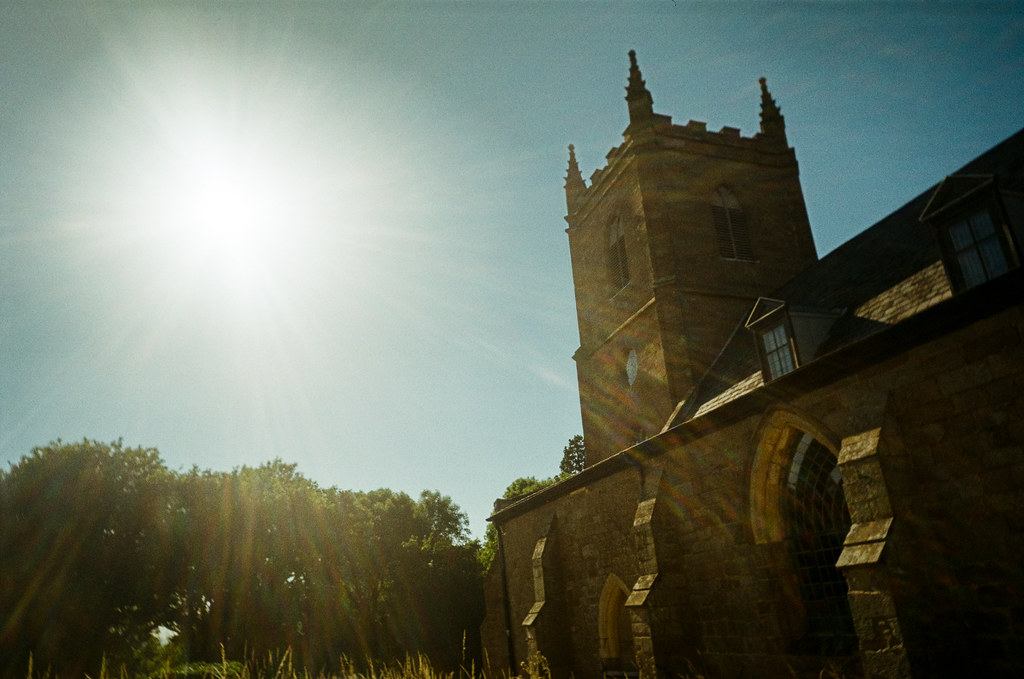
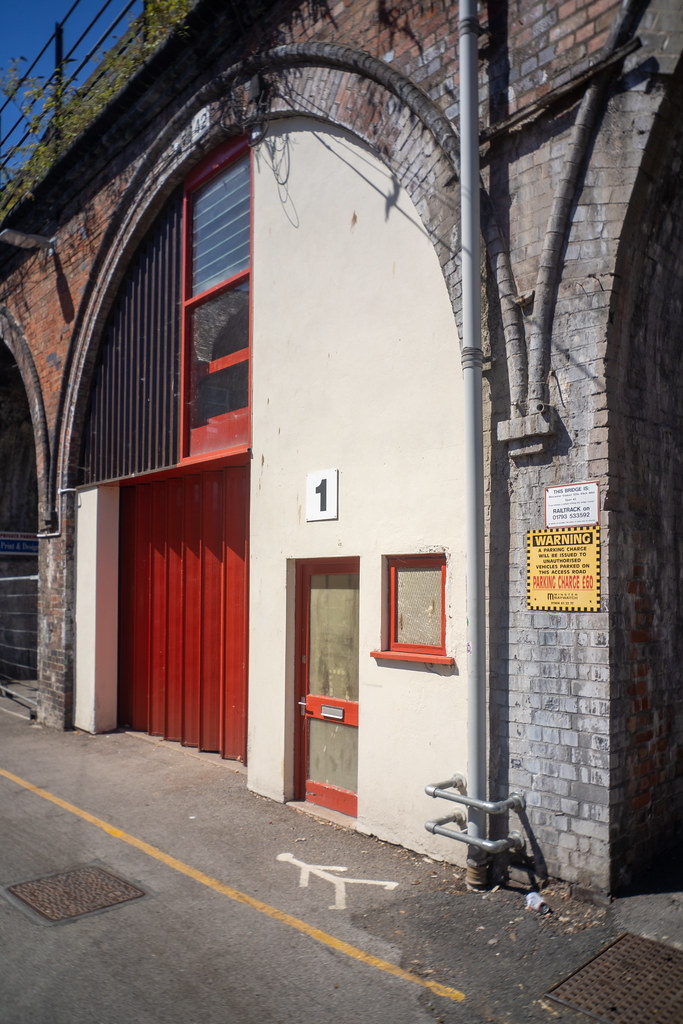
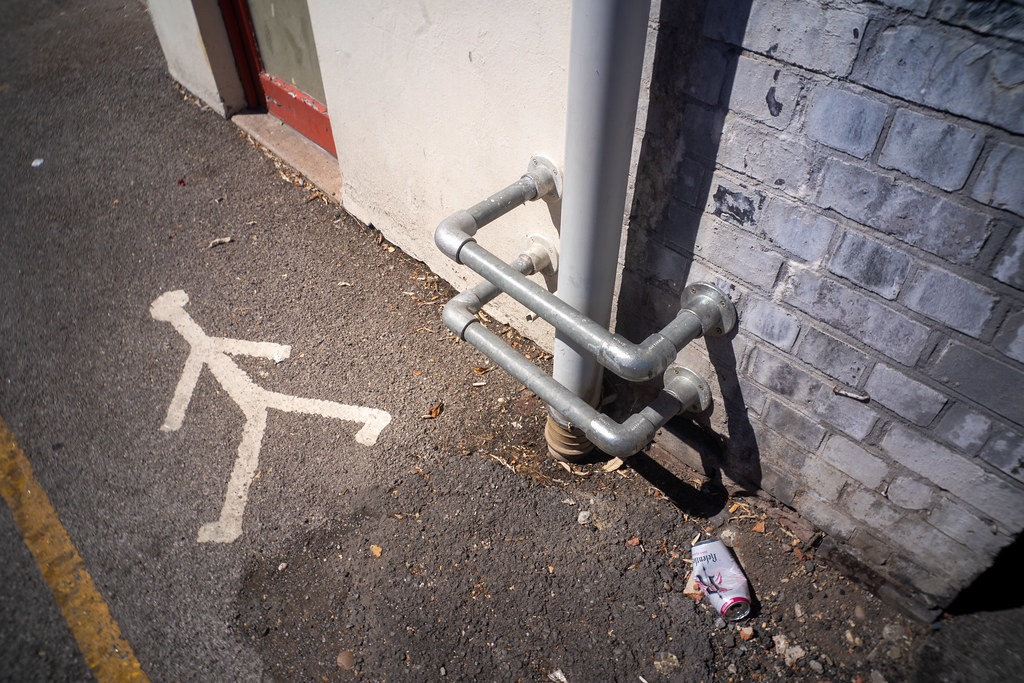
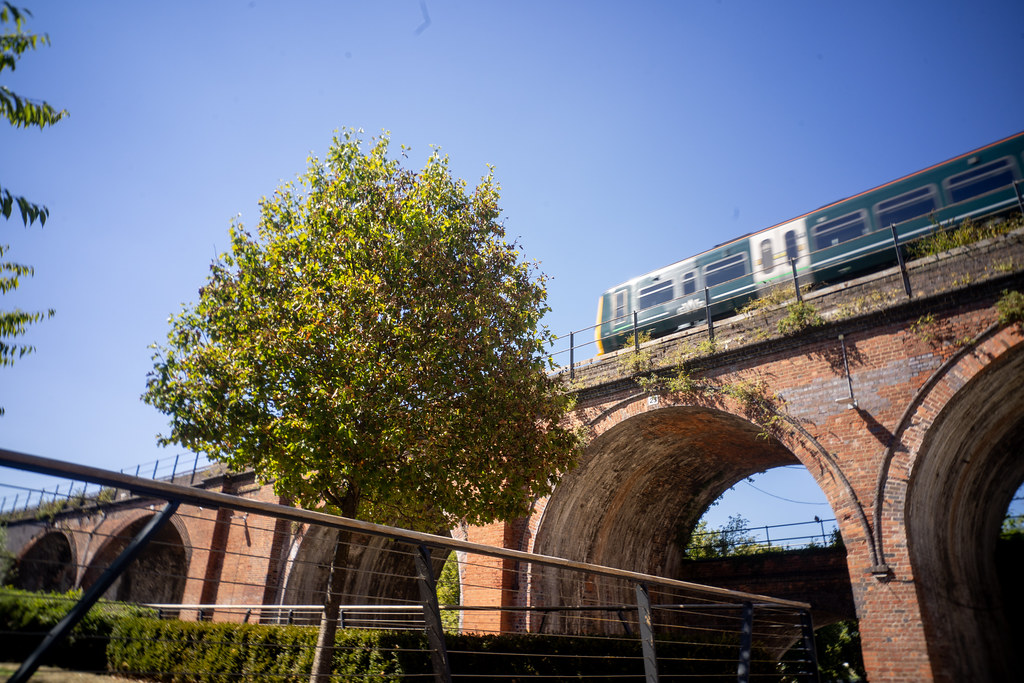
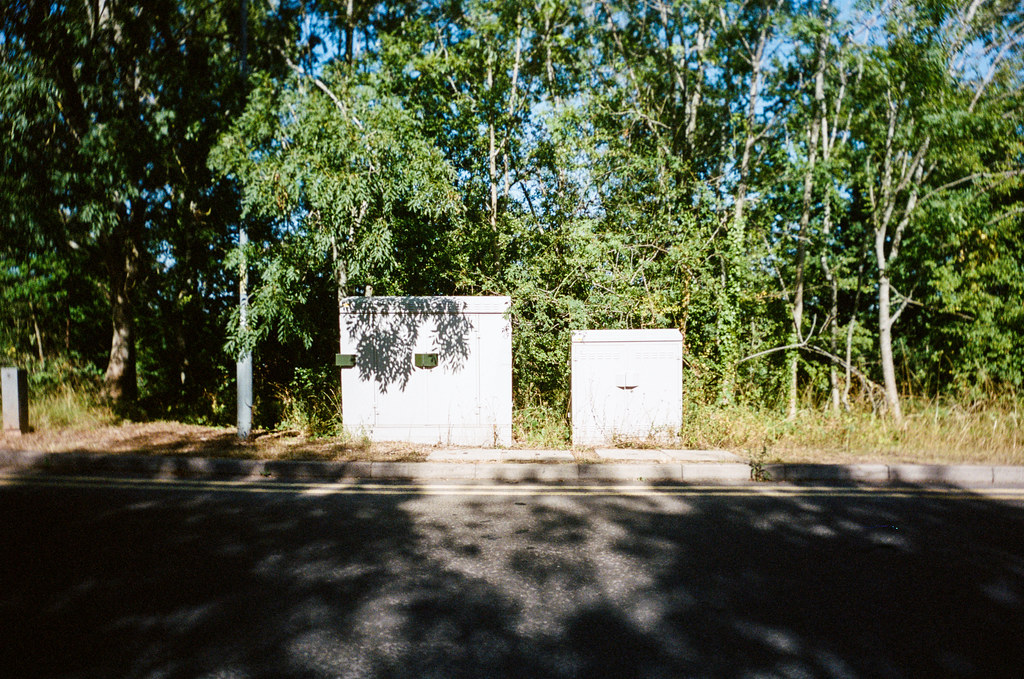
You can see the rest of the images I took with the Chroma Double Lens here.
In Use
Obviously I can’t really comment on the build of the Chroma Double Lens, but I can comment on the user experience, especially since once it is mounted to the camera, there is no need to touch the lens at all. It is entirely focus free, and aperture free… or at least it has a fixed f/11 aperture. The result of this is a snapshot lens that’s really good fun to use. Just mount and shoot. Not for everyone maybe, but as I have outlined in previous reviews (examples here and here) I love this sort of shooting experience!
A mini-interview with Steve
Finally, to round up, I thought I would ask Steve a few questions about
H:Where is this lens made, Steve
S: The optical design was done by Jason Lane and the glass has been manufactured in China. The aluminium body is being designed by me and then will be being machined in the USA, along with final assembly, then they’re being packaged and sold from here in the U.K. It’s just a reality of modern manufacturing costs vs. customer expectation of pricing that means we had to get the parts made overseas. All parts are scrutinized inspected for fit and finish during assembly by the team.
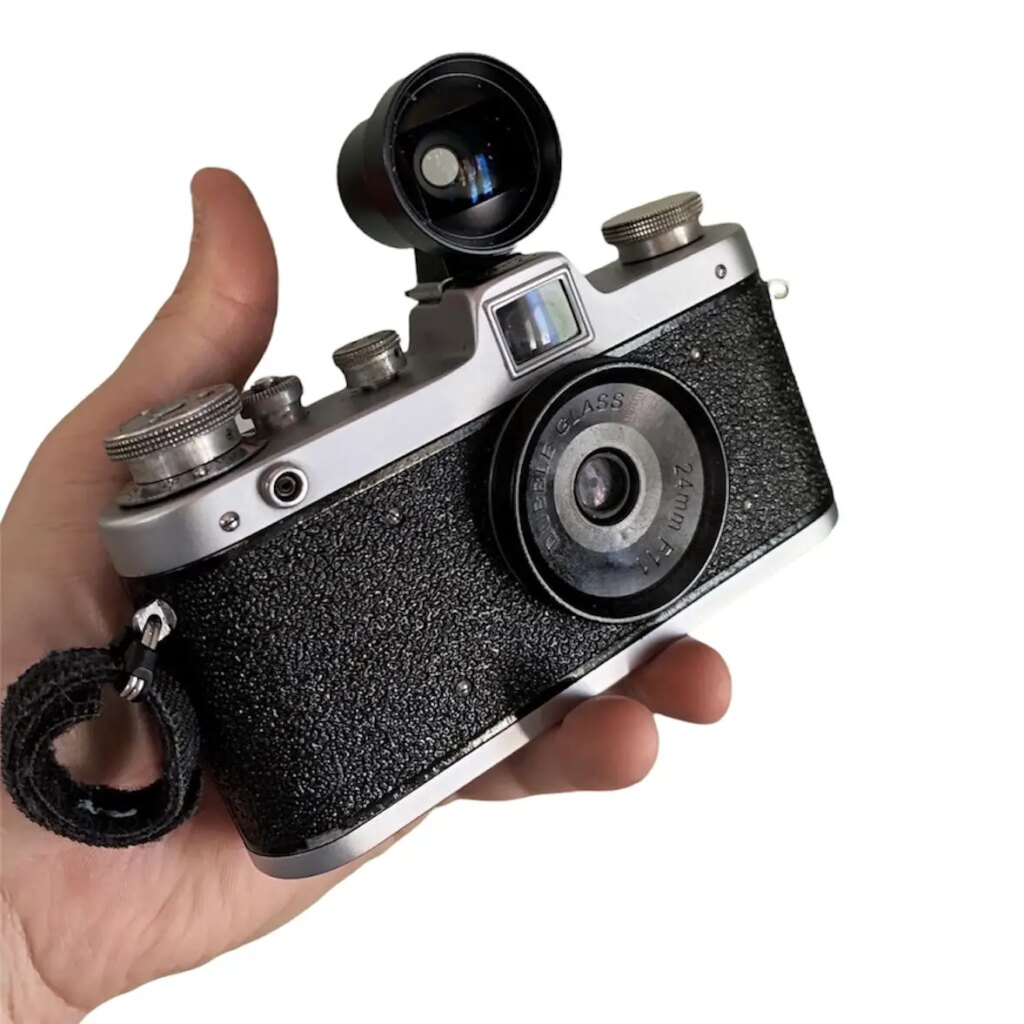
H: I know you don’t own a Leica, so why choose Leica mount?
S: The lens was originally designed to mount to a Baby Cube pinhole camera body, with an integrated electronic shutter, that I designed last year. Due to the very small size of the body, the flange depth (mounting position) was designed to be 24mm, making it a very compact design. When the first batch of 5 beta lenses were manufactured, Jason sent 3 over to me to work on the camera, and I started printing bodies to work on the component placement. After a couple of 9 hour prints, I decided it made more sense to print up a temporary holding body, with a Sony FE mount and integrated electronic shutter, which would allow me to work on the Arduino timer coding for the shutter, with an instant digital result.
After mounting the holding body onto my Sony A7, and getting the first results from the glass, I was blown away by the results from such a tiny lens, and had the idea of building the lens as a standalone unit. As the flange depth is so short, it allowed me to design the body around the M39/L39 28.8mm flange depth, meaning that the lens has a really wide compatibility, with both original thread mount rangefinder bodies, and every digital mirrorless system available.
H: What would you say to someone asking why would anyone want to mount a 2 element lens like this to a Leica camera? Or any camera for that matter?
S: Why not…? During the numerous late night design calls between myself, Jason, and his colleague Max, the main focus was always on creating a very simple lens design, which gives excellent quality results without being unaffordable. As an engineer, I love the mechanics and build of Leica cameras, but also enjoy the comparative ‘ruggedness’ of Russian rangefinders. As the first lens coming out of Chroma Towers, I’m really excited that I can offer it to a whole range of photographers, both analogue and digital, and hope that its’ simplicity and quality appeals to everyone.
H: Now you’ve come this far making your first lens, do you think you will make any others? I’ve mentioned that this lens is destined for a complete camera – what can you tell 35mmc readers about that camera? And when will it likely be available?
S:Having seen the quality of this simple lens, and the optical magic worked by Jason and Max to design it, it’s really given me the bug for building more. As Chroma, I’ve always been open for suggestions and ideas that other photographers share, so if there are particular focal lengths that your readers would like to see in the future, I’m happy to hear them.
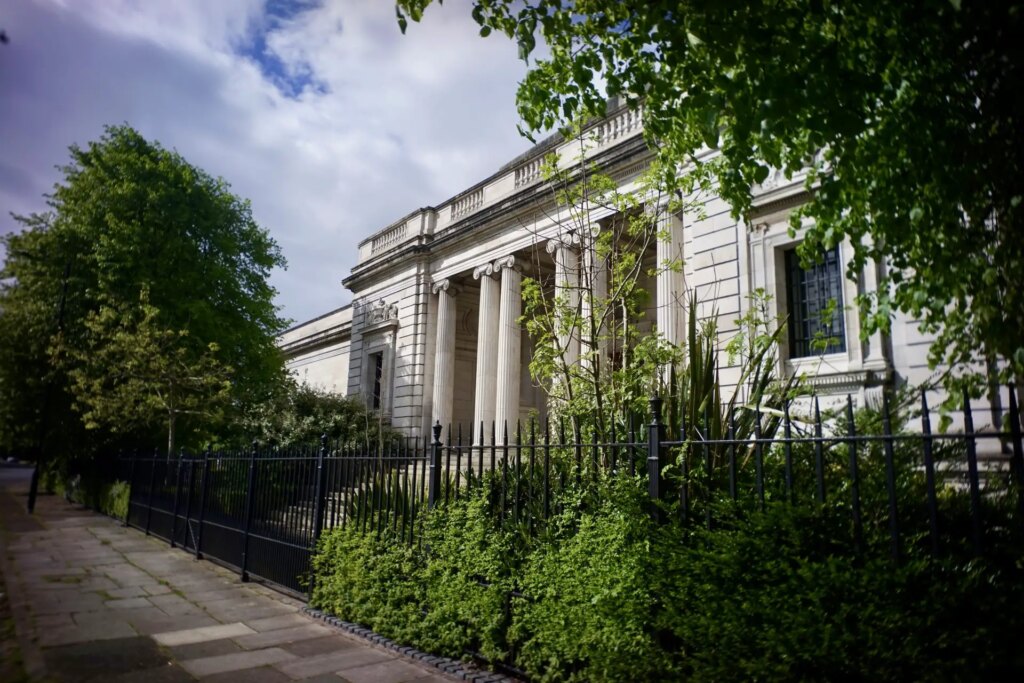
H: I’ve mentioned that this lens is destined for a complete camera – what can you tell 35mmc readers about that camera? And when will it likely be available?
S: I’ve just come back from a much-needed week away with my family, where I took along a beta multi-format 35mm Cube System camera to test. The camera system is designed to use the same lens cones as my medium format Six:9 system, giving compatibility with a range of lenses from Mamiya Press and large format systems. Inside the film path, there are slot-in dividers giving 3 format options; 24×24, 24×48 and 24×72, coupled with my Cube pinhole camera sprocket counting setup for even frame spacing. I’m also working on a lens cone for the new Double Glass lens, with an integrated electronic shutter, rechargeable battery, controller and OLED screen, which can be directly fitted to the camera to create a complete system. The camera system itself should be available to purchase through my website within the next few weeks, with the lens/shutter combination cone available in the next month.
H: What other weird and wonderful bits of photographic equipment do you have in the pipeline?
S: How long have you got…? Following the rationalisation of the cameras I offer at the end of July, I’m focusing on developing my systems for three major film formats, 35mm, 120 and large format. I’ve been working on the interchangeable 5×7 and 6×17 rear bodies for my Carbon Adventurer for a while, and am pretty much ready to offer them for general sale. I’ve also recently built up a 4×5 Graflok plate, which allows the Six:9 and Six:12 cameras to be reverse-mounted, giving 6×9 and 6×12 roll film holders for large format cameras. Whilst I’ve previously offered standalone 6×12 roll film holders, the ability to offer a dual-function camera system is something that I’m really excited about.
Finally, being good friends with optical engineers like Jason and Max is always interesting. I’ve just been shown a design for a 60mm 4.5 lens, which has elements that are only 26mm diameter, but covers a 6×6 medium format frame…!
H: Oh, final question, when can people expect to buy this lens, and is there anywhere they can sign up to be notified when it’s available?
S: I’m hoping to have the first lens available by the end of September. If people got to Chroma.Camera they can signup to my mailing list, where I’ll post availability first.
Final Thoughts
So there we have it. The Chroma Double Lens, the first new lens coming from Chroma Cameras. A company I really think worth keeping an eye on, especially if you’re a bit of a camera geek – he always has new interesting bits of kit coming out. This lens is a really good example… and we have the camera it’s going to eventually be mounted onto to look forward to as well!
Share this post:
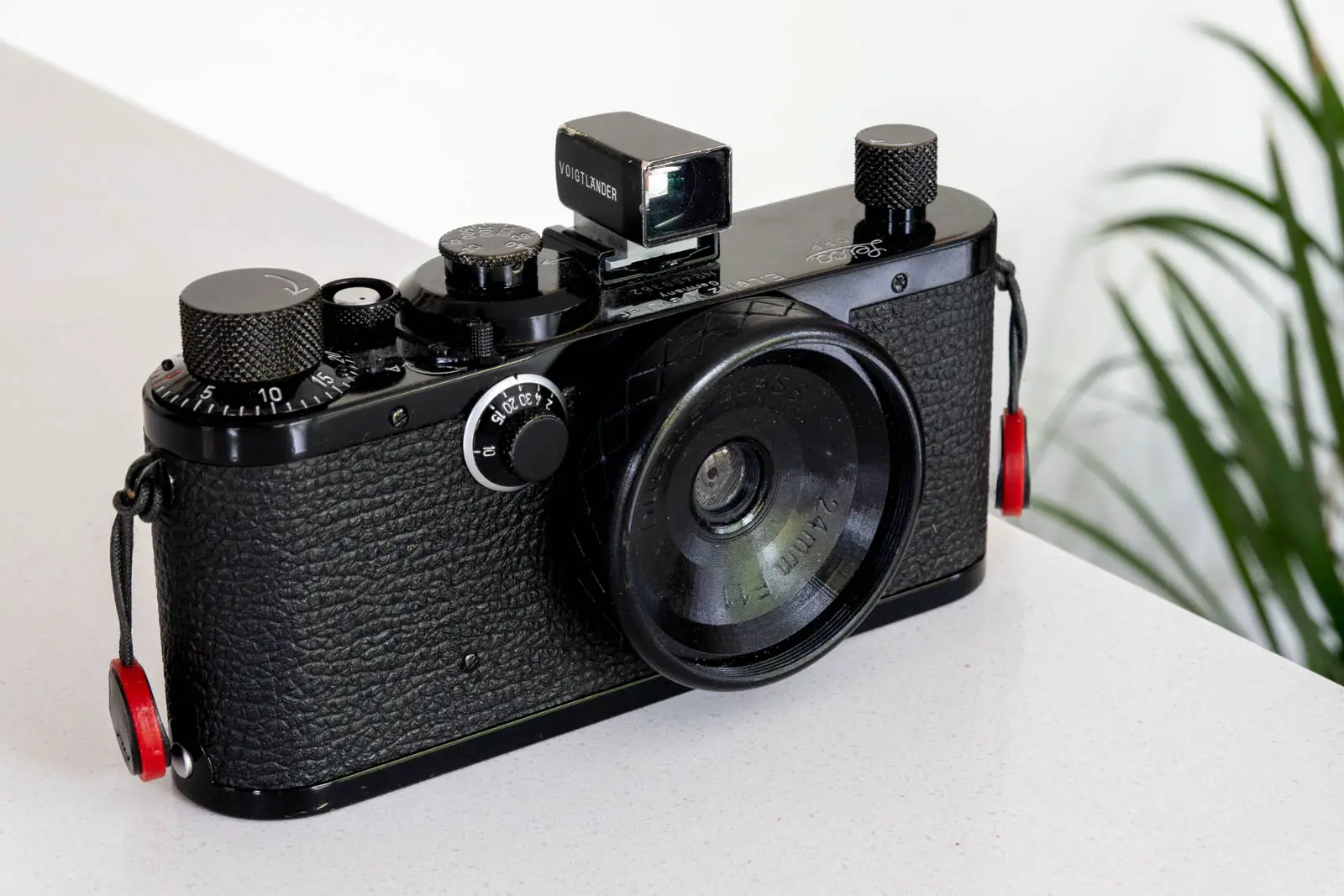








Comments
Leica digest #99 - Leica Rumors on Chroma Cameras Double Lens 24mm f/11 Prototype Sneak-Peek Preview and Interview
Comment posted: 26/09/2022